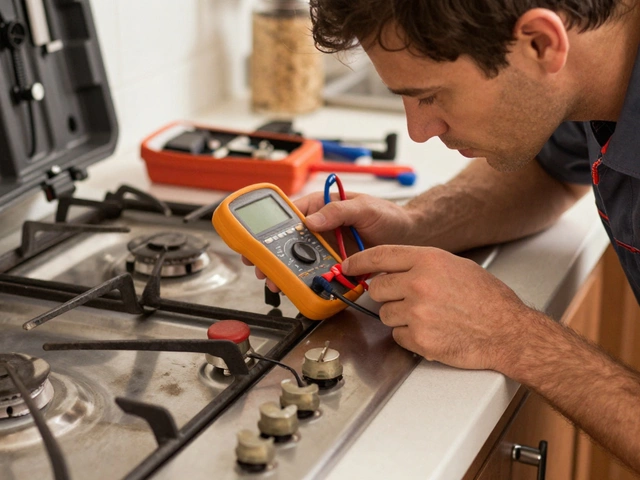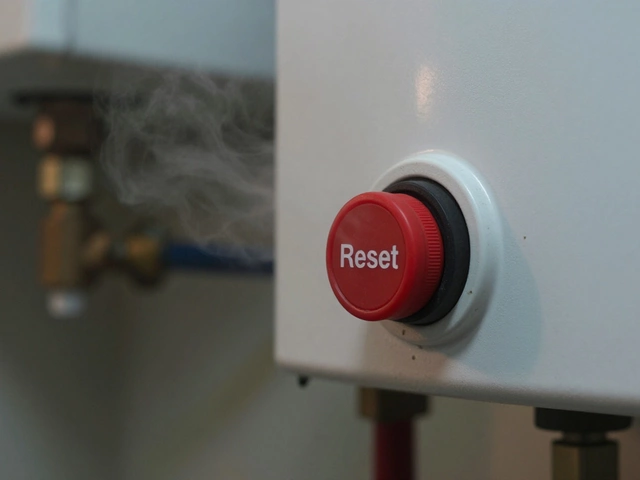Cold Water Issues – Why Your Tap Feels Like Ice
When you notice Cold Water Issues, unexpected drops in water temperature at taps, showers, or appliances. Also known as cold water problem, it usually points to a deeper plumbing or heating fault. One frequent source is the Water Heater, the appliance that heats and stores domestic water for daily use. Another key part is the Mixing Valve, a valve that blends hot and cold water to a safe output temperature. Understanding how these components interact helps you pinpoint the cause before you call a professional.
Cold water issues encompass temperature loss in the plumbing system. Long runs of uninsulated pipe, especially in colder rooms or loft spaces, can strip heat as water travels from the heater to the fixture. When the pipe surface drops below the water’s temperature, the water cools down, and you end up with a chilly shower. This phenomenon, called plumbing temperature loss, is amplified by high demand periods when hot water is drawn faster than the heater can replenish it.
Common Causes and Quick Checks
Hot water problems often masquerade as cold water issues. If the heater’s thermostat is set too low, or the heating element has failed, the water never reaches a comfortable temperature. Likewise, a stuck or faulty mixing valve can over‑dilute hot water with cold, delivering a lukewarm stream even when the heater works fine. Checking the thermostat setting, listening for the heater’s heating cycle, and feeling the pipe temperature near the valve are easy first steps that reveal a lot.
Another hidden culprit is water pressure imbalance. When pressure drops, the flow through the heater slows, giving the water more time to lose heat before it reaches the tap. Simple fixes include ensuring the pressure‑reducing valve isn’t set too low and clearing any blockages in the inlet filters. If you suspect a pressure issue, a quick test with a garden hose can confirm whether the problem lies upstream of the heater.
Finally, consider the age and maintenance history of your heating appliances. A water heater that’s over ten years old may have sediment build‑up that insulates the heating element, reducing efficiency. Regular flushing removes this layer, restores performance, and often eliminates the dreaded cold bursts. When in doubt, schedule a professional service—especially if you hear strange noises or notice rust in the water, as these are warning signs of deeper problems.
Below you’ll find a curated collection of articles that dive deeper into each of these topics. Whether you’re looking to diagnose a faulty mixing valve, understand how pipe insulation can save you money, or decide when it’s time to replace an aging water heater, the posts ahead give practical, step‑by‑step guidance to keep your water at the right temperature.
Nothing’s more annoying than expecting a warm shower and getting a blast of cold instead. This article breaks down the reasons why your hot water suddenly runs cold, from easy fixes to serious repair needs. We'll cover red flags, troubleshooting tips, and common mistakes people make with their water heaters. Real-world examples and practical advice help you figure out if you can handle the problem or need a pro. No jargon, just straightforward explanations to get you out of the cold.


